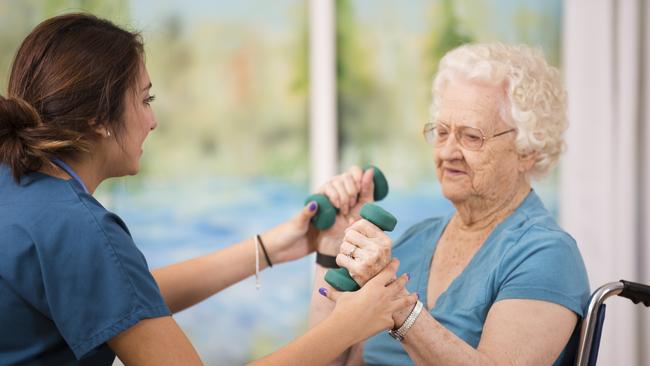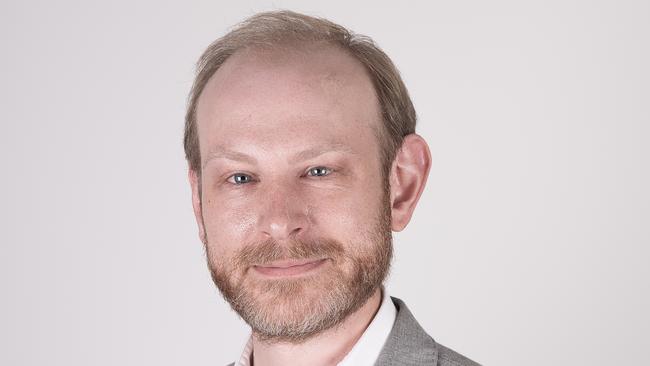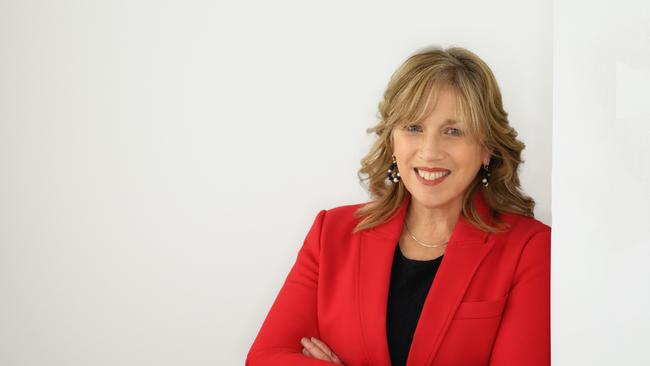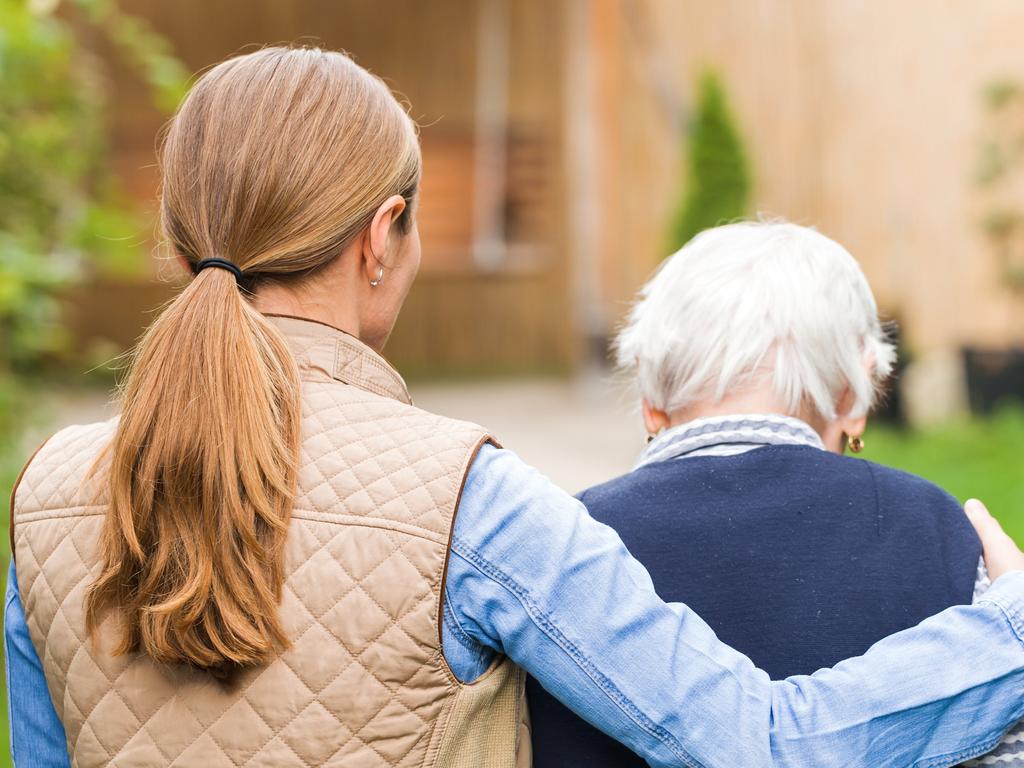Make wealthy Baby Boomers contribute more to the cost of their aged care: summit
Should an older Australian with a $10m house by the beach pay the same for their aged care as someone with a modest home?

Urgent changes are needed to the way aged care is funded to find up to $30bn more a year to bring care quality in Australia up to international standard, including whether wealthier baby boomers should be dipping deeper into their own pockets to fund their care, a key summit will hear.
With aged-care spending around half that of comparable countries, providers, consumer groups, unions and policy experts will meet in Canberra on Thursday to thrash out a long-term financial approach to caring for the growing cohort of older Australians with higher expectations than previous generations.
An aged-care levy, greater consumer co-contributions, aged care-specific tax changes and pre-funded financial products are all on the table at the Financial Sustainability Summit in Old Parliament House.
Tom Symondson, chief executive of peak provider advocacy group Aged & Community Care Providers Association, said a frank discussion was needed about whether older Australians who can afford to should be paying more of the cost of their aged care.
“With national debt set to skyrocket and the future burden of aged care about to spiral, taxpayer funds must be focused on protecting those who can’t afford to pay for their own aged care,” he told The Australian. “It doesn’t make sense that people with a modest home pay the same for aged care as someone with a $10m mansion by the beach.”

Mr Symondson said Australia was spending about $34bn a year on aged care, 1.2 per cent of GDP. “(This) is only half the OECD average. How should Australia bridge the gap to ensure aged-care providers can deliver quality care?
“Two-thirds of funding is provided by taxpayers, rather than individuals, placing an increasing burden on the federal budget, particularly with the baby boomer generation beginning to require aged-care services in larger numbers over the next few years.
“Already 70 per cent of nursing home providers are losing money on each and every resident, which is simply unsustainable. In 10 years’ time demand will double, so we need to act now.”
Greater individual co-contributions to aged-care costs is a policy concept gaining momentum
In April, providers including Catholic Health Australia, Anglicare and Opal Healthcare, representing about 20 per cent of the nation’s aged-care beds, called for the removal of the Basic Daily Fee cap of $58.98 for self-funded retirees, but kept in place for those on the Age Pension. The fee covers the costs of day-to-day services.
Last month Aged Care Minister Anika Wells commissioned an Aged Care Taskforce to examine sustainability of the system, including the funding of care.
And this week Anthony Albanese released for consultation a draft National Care Economy Strategy, which specifically floated greater individual contributions to a range of services including aged care and childcare.
Despite the lack of spending compared to other developed nations aged care remains one of the top five spending items in the federal budget alongside healthcare, defence, the NDIS and interest on government debt. Aged care will cost the budget $32.7bn this financial year, rising to almost $40bn by 2026-27. That includes $11.3bn over the forward estimates to fund a 15 per cent pay rise for around 250,000 aged-care workers.
Longer term, the demographics point to even larger spending requirements, and arguments over priorities for taxpayer spending. There are 4.1 million Australians aged over 65. As baby boomers head into old age this will increase to 8.8 million, or 22 per cent of the population, by 2057.
Nursing homes are a particular issue. According to a report by the University of Technology Sydney Ageing Research Collaboration, the taxpayer picks up about 90 per cent of all spending on residential aged care, with personal contributions running at 10 per cent.
Pat Sparrow, chief executive of COTA Australia, an advocacy group for older Australians, and a summit attendee, said her constituents were up for co-contributions. “Older people continue to tell us they are willing to contribute more towards their care, when they have the means to do so, if there is better quality care, the arrangements are transparent and strong consumer protections are in place,” Ms Sparrow said.









To join the conversation, please log in. Don't have an account? Register
Join the conversation, you are commenting as Logout